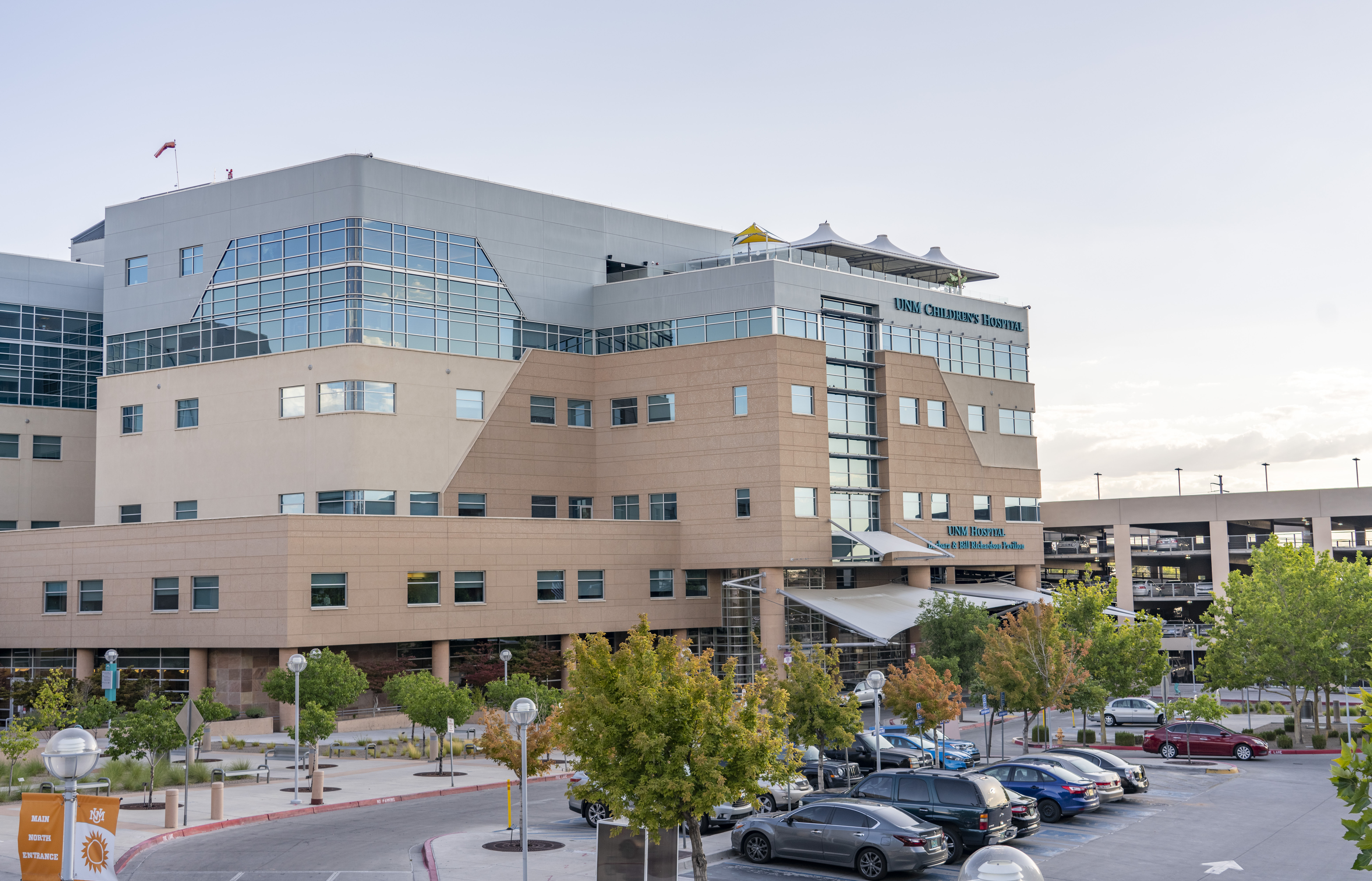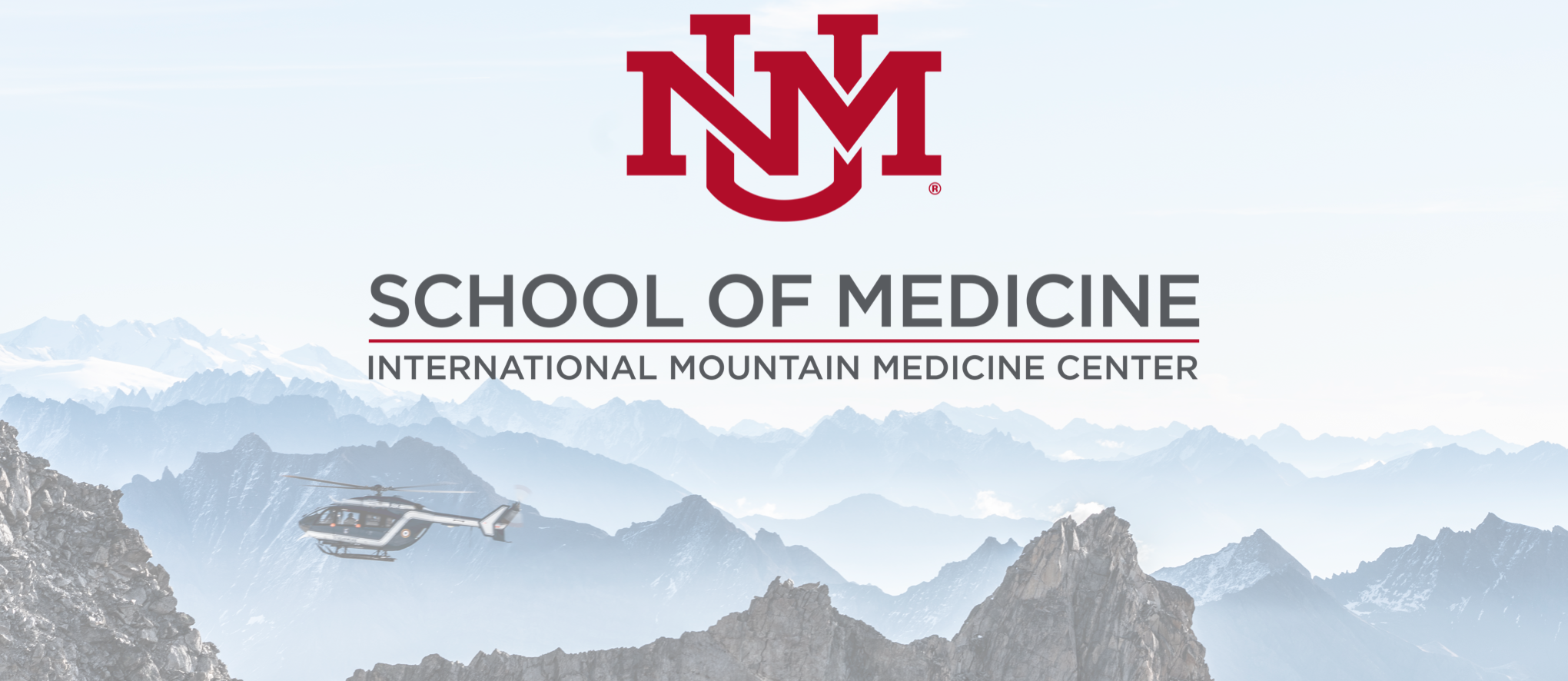Welcome!

Department Of Emergency Medicine welcomes visiting medical students to participate in final year elective clerkships. Clerkships for visiting students are coordinated by the Office of Medical Student Affairs. For registration, guidelines, and the course catalog for all UNM HSC clerkships, visit the School of Medicine visiting students site.
The UNM Department Of Emergency Medicine offers a four-week elective in Emergency Medicine Services for UNM and visiting 4th year medical students. The elective is directed by Jenna White, MD in conjunction with the UNM EMS Consortium, a group of UNM EMS Physicians and fellows which provides medical direction for multiple different local, regional, state, and federal EMS agencies. We provide on-scene and online medical control to Local, County, State and even Federal assets. In addition to traditional Fire and EMS we are involved in many different specialty units including National Parks, Search & Rescue, Tactical Medicine and Flight Operations. We oversee all levels of providers from EMT-Basics/Volunteers to Advanced Practice Paramedics and all levels in between.
Please follow the link to the application page for more information on applying for the rotation.
The student elective is made up of two basic components:
Clinical: 4-6 ride-along shifts with field crews in a variety of EMS environments
Didactic:
The Department of Emergency Medicine at the University of New Mexico offers a 4-week elective in emergency medicine for 4th year medical students. This course serves as the primary audition rotation for students applying to EM. Students usually work 14-16, 8-hour shifts in the UNMH ED. Shifts in our state’s only Pediatric ED at UNMH or our affiliated community ED at Sandoval Regional Medical Center. Students assume the sub-intern role to evaluate, treat, and disposition patients presenting with emergent chief complaints, participate in EM residency conference activities, and attend didactic skills sessions focused on gaining common EM skills.
For this elective, visiting students apply for course ID 821 “Emergency Medicine at UNMH” through VLSO. Applications outside of VLSO cannot be accepted. Rotators must meet the requirements, rotate during established block dates, and follow VLSO application timeline as outlined by UNM Office of Medical Student Affairs.
For questions, please email the clerkship coordinator Gabrielle Márquez at GaAMarquez@salud.unm.edu.
This course is designed as an introduction to Point of Care Ultrasound (POCUS), to be performed in the clinical setting of the Emergency Department and beyond. The rotation is a combination of online lectures, hands-on ultrasound scanning on models and live patients, ultrasound image review and bedside teaching by ultrasound trained faculty.
Course Requirements:
This course is designed to provide the learner with a strong foundation in the basic core applications of bedside ultrasound. Medical students who complete this course will be able to:
The Division of Pediatric Emergency Medicine supports the University of New Mexico Medical School by offering month long rotations for its 4th year students. Students work closely with our PEM fellows and attendings to build competency in performing targeted history and physicals, developing broad differential diagnoses, implementing patient management plans, and improving procedural skills.
For more information please click here for the University of New Mexico Medical School site. Medical students from other institutions interested in applying for a 4th year visiting rotation at UNM.

The International Mountain Medicine Center hosts the annual Wilderness & Austere Medicine Elective is as month-long course for physicians, residents and medical students. This month of immersion in wilderness and mountain medicine introduces students to the management of a wide range of medical pathologies from the perspective of resource limited and environmentally challenging settings.
This course is held in Albuquerque with field sessions across the southwestern states. Field sessions allow for hands on application of content in real-world conditions including high altitude mountains of Colorado, the desert vistas of Northern New Mexico, and the steep cliff faces of the Sandia Mountains.
We offer personal and on-line didactic training with case-based and scenario-based wilderness and austere medical training, which meet the highest academic standards possible. Many participants work in emergency health care, rural health care, and other medical disciplines. We are centrally located to areas where winter and summer activities can be had in a single day. Our department hosts one of the most highly sought-after emergency medicine residency programs, and our internationally renowned faculty have extensive experience in wilderness and limited resource healthcare domestically and internationally.
The University of New Mexico Department of Emergency Medicine is pleased to award a $2,000 stipend to four (4) visiting student applicants. This stipend, paid on arrival to the rotation, is intended to offset the cost of travel and living expenses during a one-month ED rotation. Awardees are also paired with a faculty member to serve as a career mentor and point of contact during the rotation. For questions, please email the clerkship coordinator Gabrielle Márquez.
Eligibility:
The award application is available to any fourth-year student of an LCME and AACOM accredited US medical school who has submitted a complete VSLO application to participate in any UNM Emergency Medicine elective during the following dates:
Block 1 – 06/24/25 – 07/21/25
Block 2 – 07/22/25 – 08/18/25
Block 3 – 08/19/25 – 09/15/25
Block 4 – 09/16/25 – 10/13/25
Applicants must meet the UNM VSLO application requirements as detailed by the UNM Office of Medical Student Affairs (OMSA) course catalog and be deemed eligible to rotate by OMSA.
Preference is given to award applicants who are socioeconomically disadvantaged, first-generation medical students and/or who identify as part of a group underrepresented in medicine, or have themselves demonstrated support and advocacy for underrepresented groups in medicine:
How to apply:
Full Name, Email, AAMC ID, and written response the two following questions (300 words maximum each):
Optional/Recommended: Upload one letter of support from any faculty member speaking to a candidate’s interest in EM. Letters of support can be alternatively emailed from the faculty member directly to the clerkship coordinator Florine Seguin
Click here to submit application materials.
Florine Seguin
(505) 272-5526
FSeguin@salud.unm.edu


